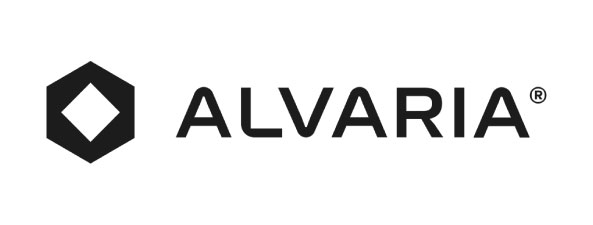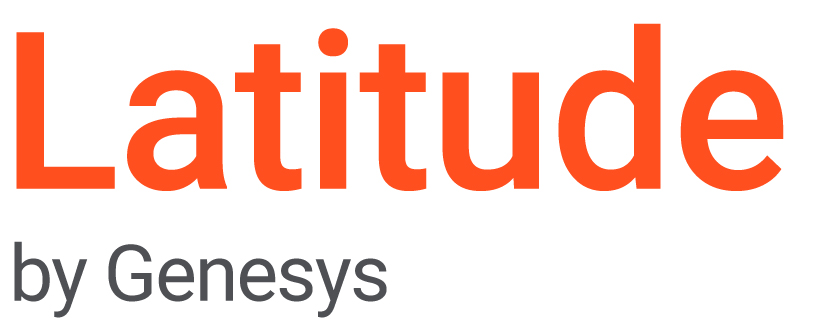The landscape of debt collection is facing a significant challenge due to increased call blocking and spam labeling. This trend has created a barrier to legitimate communication between debt collectors and consumers, leading to a notable decrease in effective communications and right-party contacts. Navigating these call-blocking challenges can be, well, challenging, especially if you don’t have the right technology in place.
One of the primary issues is the mislabeling of legitimate debt collection calls as spam or potential scams. This mislabeling is primarily due to the phone reputation scoring systems used by carriers and analytics companies. These systems evaluate a number’s reputation based on factors like historical call behavior, complaint data, and crowd-sourced feedback. Unfortunately, the criteria often used to identify risky or scam calls closely resemble the calling patterns of legitimate debt collection agencies. This similarity results in many debt collection calls being unfairly tagged as spam or scams, significantly reducing their effectiveness.
Debt collection agencies have observed a drastic reduction in right-party contact (RPC) rates over the past few years. For instance, according to a PDCFlow.com article, some have reported an 80% drop in RPC on their most-used phone numbers. This decline is a direct consequence of the increased call blocking and mislabeling by carriers and analytics companies.
In response to these call-blocking challenges, debt collection agencies are adopting various strategies to combat call-blocking and mislabeling. These include auditing phone numbers for caller ID naming and spam tagging, optimizing caller ID names to restore trust, registering verified business numbers, maintaining consistent outbound call volumes, and cautiously rotating originating numbers. Additionally, using contactability scores can help reduce calls to wrong parties, further improving communication effectiveness.
The Federal Communications Commission (FCC) has also addressed this issue by introducing STIR/SHAKEN caller ID authentication standards. These standards are designed to verify the authenticity of a call’s originating number, helping to distinguish legitimate calls from spoofed numbers. As these standards become more widely adopted, they are expected to be incorporated into phone reputation scoring systems, potentially reducing the mislabeling of debt collection calls.
Despite these efforts, the challenge of spam labeling extends beyond voice calls. Many debt collection agencies are finding that their voicemails are being categorized as spam or scam messages, leading them to be overlooked or ignored by consumers. This issue is compounded by the fact that text messages from these agencies can also be blocked or labeled negatively, further hindering effective communication.
The rise in call blocking and spam tagging presents a significant challenge for the debt collection industry. However, debt collection agencies can improve their communication channels by understanding the factors contributing to phone reputation scores and adopting strategic measures to combat mislabeling. As the industry continues to evolve and adapt to these technological changes, debt collection agencies must stay informed and proactive in managing their phone reputations and ensuring effective communication with consumers.
If your RPCs are being affected by these call-blocking challenges, TEC Service Group’s technology solutions can help. Our high-tech, human-touch approach, combined with our system-agnostic capabilities and professional services, can help you overcome the call barriers that debt collection agencies struggle with daily. Contact us to learn more.







